Puerto Natales
10 October 2006
When we got up this morning, I saw an unusual sight out our hotel room window... the sun. It was a beautiful beginning to what proved to be a beautiful day. At 7:45 a.m. we walked across the street to the dock and boarded the cruise boat for an all day trip to see some of the glaciers bordering the Seno Ultima Esperanza. The cabin seating arrangements is made up of benches with tables between them. The crew assigned us a seat and a few minutes later placed another couple opposite us. It turned out they were Americans, Cindy and Todd, from the Washington DC area. This fortuitous placement of passengers made this trip that much more pleasant. The cruise takes us up the Ultima Esperanza fjord past a colony of cormorants, black neck swans and some sea lions. As we proceeded past the cormorant colony, the passengers sighted a dolphin. I didn't see it and I also didn't see it at the same spot on the way back. I told Susie that I believe there is only one dolphin in the entire fjord and it is trained to come up as a teaser for passing boats.
We stopped at the foot of Balmaceda glacier which was a tidewater glacier until approximately 20 years ago. It is now a hanging glacier well above the water line. We proceeded a few miles further into the fjord and stopped at the Serrano glacier. Before getting to Serrano, we got our first clear view of the Torres del Paine. It is to bad that yesterday was cloudy because we were much closer to the mountains. The boat docked and we walked less than a kilometer to the face of Serrano glacier. Unlike Balmaceda, which is thousands of years old, Serrano is a valley glacier that is about 400 years old. Until a few years ago the glacier was much larger and fed a small river that drained into the fjord. It has receded significantly in the past 20 years and its terminal moraine has created a small lake into which the glacier calves off icebergs. Anyone who doesn't believe in global warming needs to take a trip to these and other glaciers around to world to see the dramatic changes that have taken place in them in the recent past.
Leaving Serrano we headed back towards Puerto Natales, stopping for lunch (at 2:30 p.m.) at the Estancia Perales. Estancia Perales is cattle ranch that also has some tourist facilities. We had our boxed lunches and most of the passengers went into the dining room for a full meal. After an hour stop we boarded the boat and returned to Puerto Natales.
As we got off the boat, we were met by a driver who took us to the Milodon Cave. We walked into the park without a guide. We figured we had the park literature in English and could read the Spanish signs along the path. As we entered the cave we could hear voices from within the cave and soon came upon two men, an Argentinian tourist and his guide. The guide, who claimed to speak a little English, proceeded to explain to us in Spanish what we were seeing and the history of the place. Unlike most people we encountered he spoke slowly and we could understand what he was telling us. The Milodon was a giant sloth that lived until about 8,000 years ago. It is a herbivore that grew to a height of over 8 feet and weighed in at nearly 600 pounds. It coexisted with some of the early indigenous people and may have been the source of some of the local big foot legends. The guide and signs also told us that there is evidence of human habitation in the cave as far back as 12,000 years ago.
This turned out to be a perfect day. Unbelievably beautiful weather for Southern Patagonia at this time of year, good company and a nice tour.
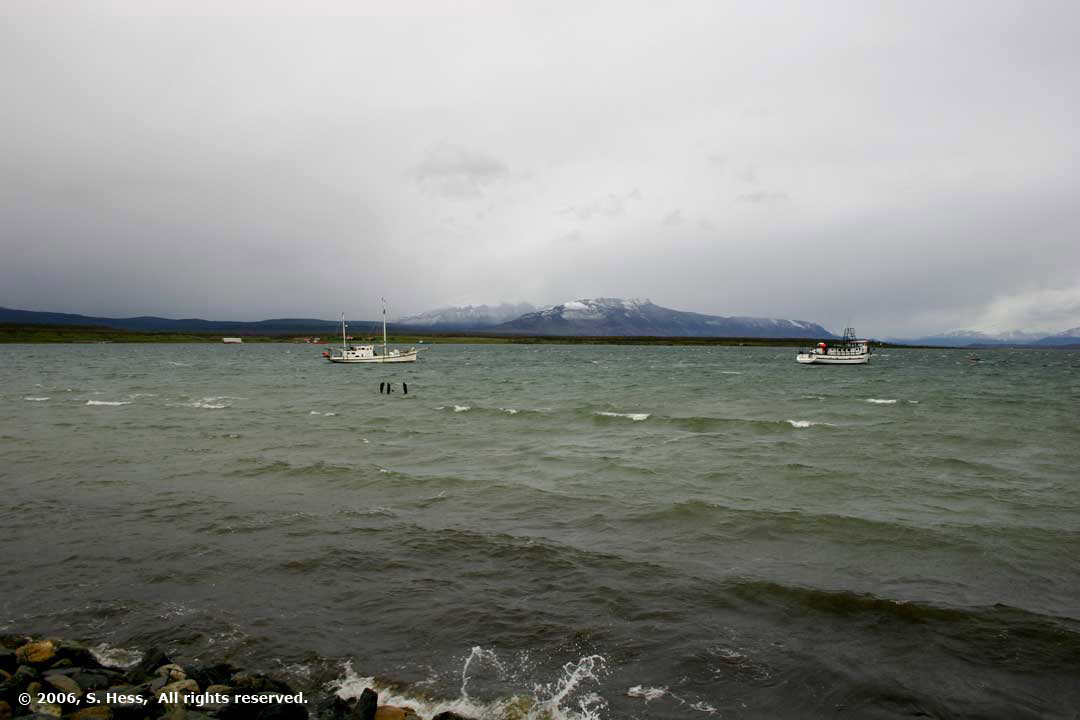
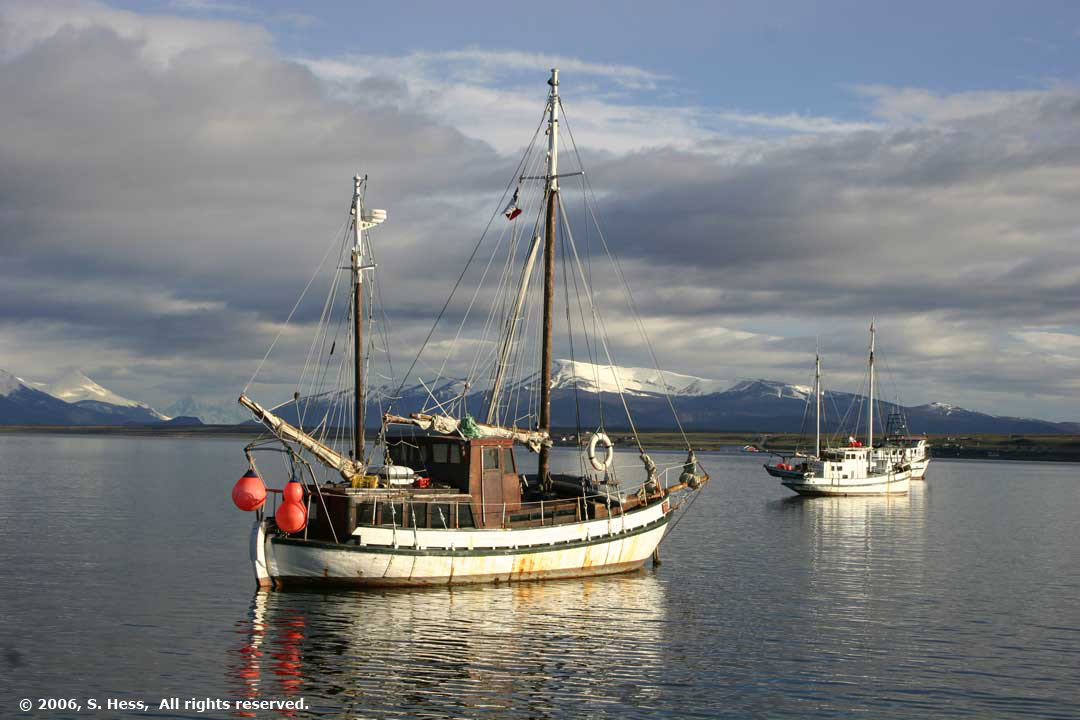
What a difference a day makes. Monday wind and waves (left) and Tuesday sun and calm
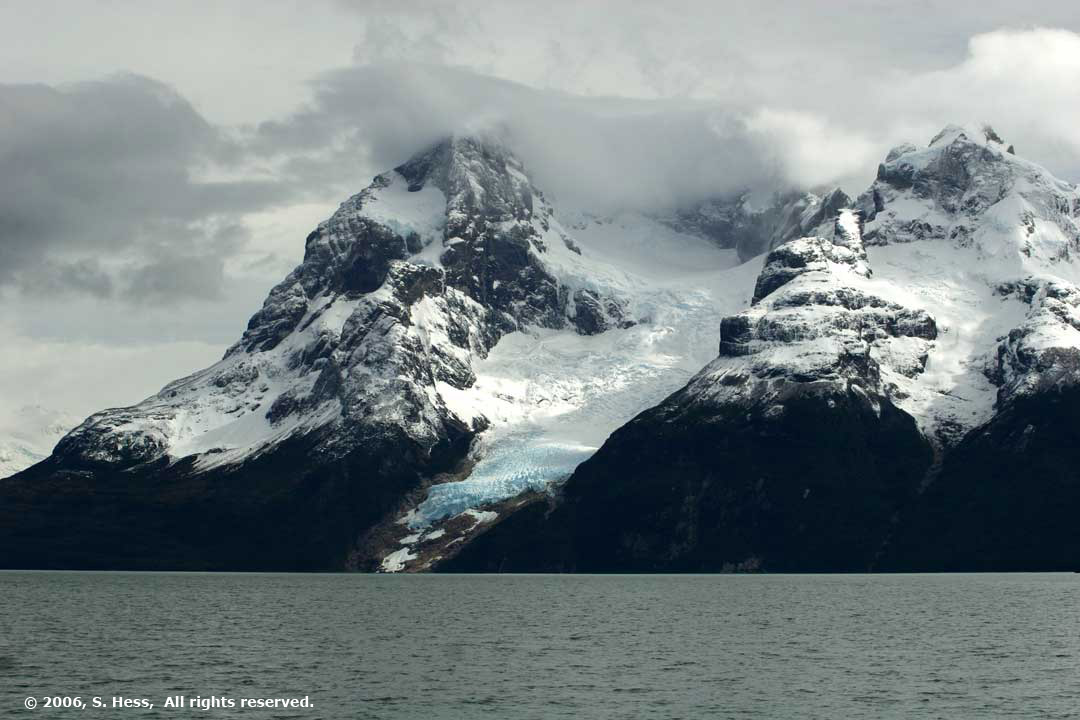
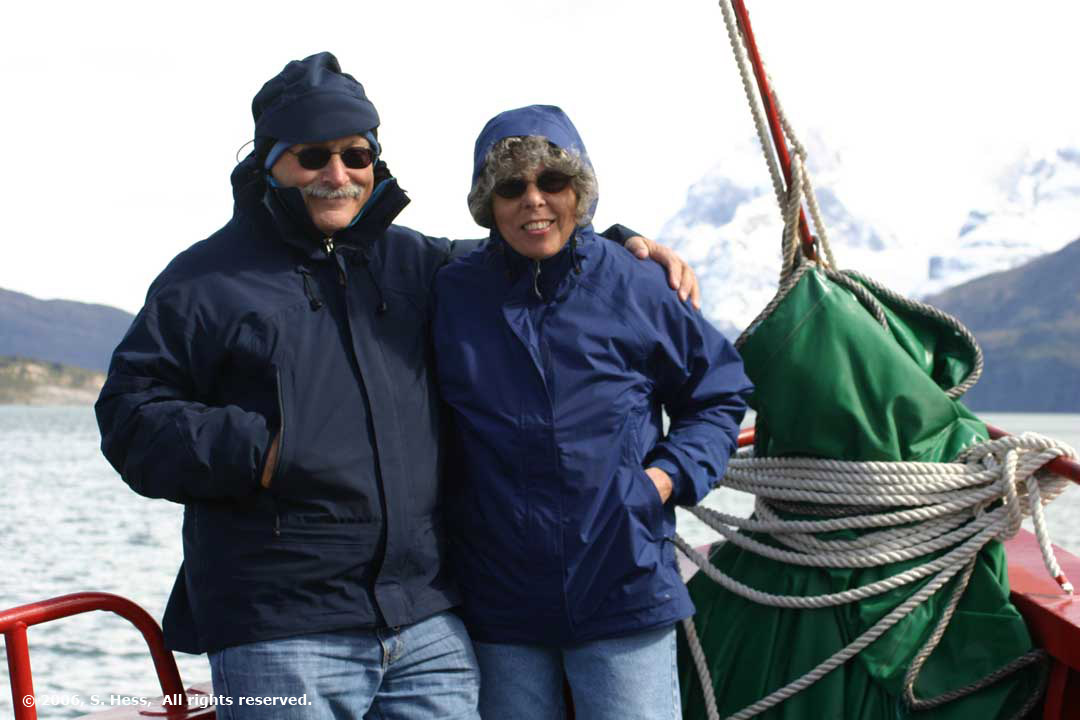
Balmaceda Glacier
Sam and Susie at Balmaceda Glacier
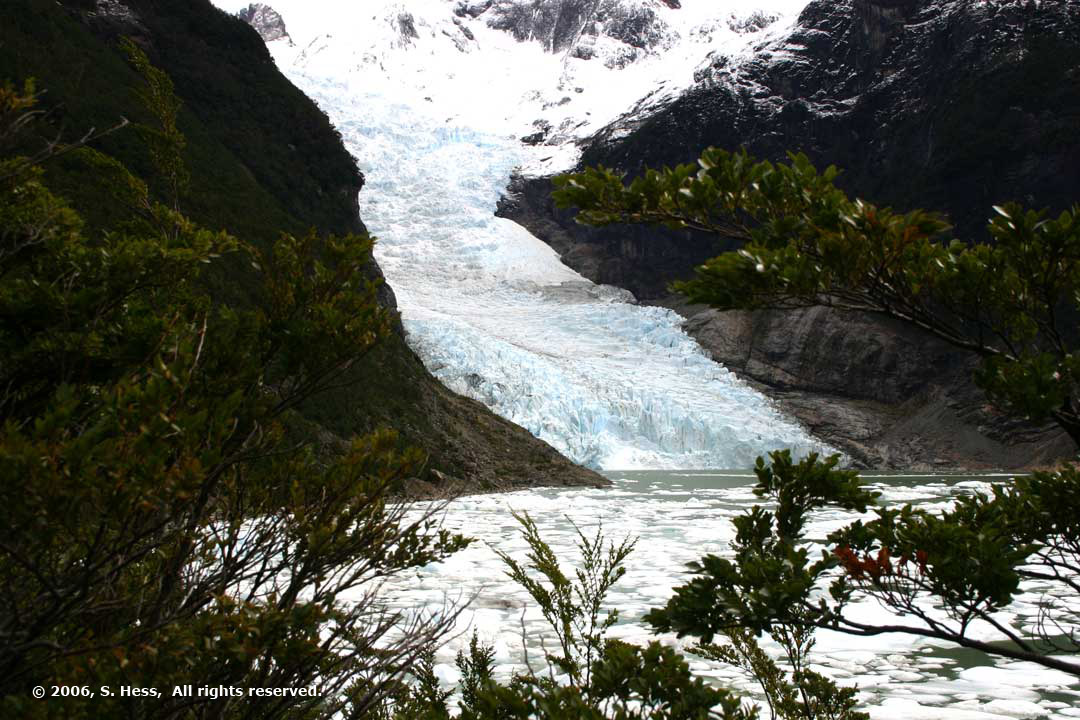
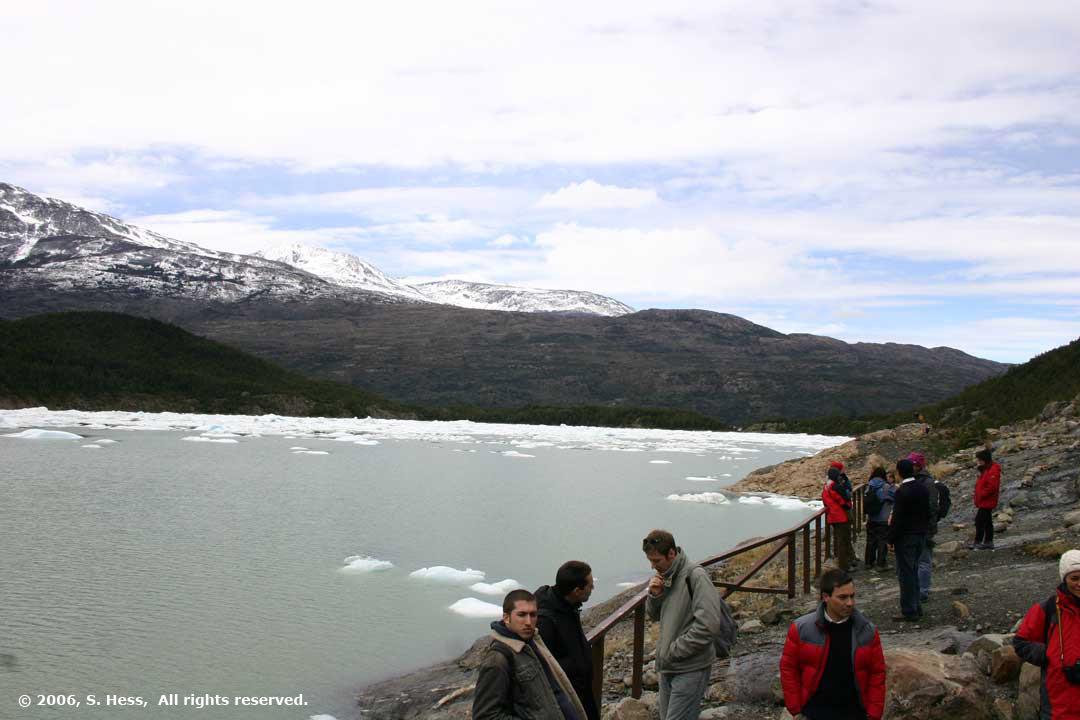
Serrano Glacier and Lake
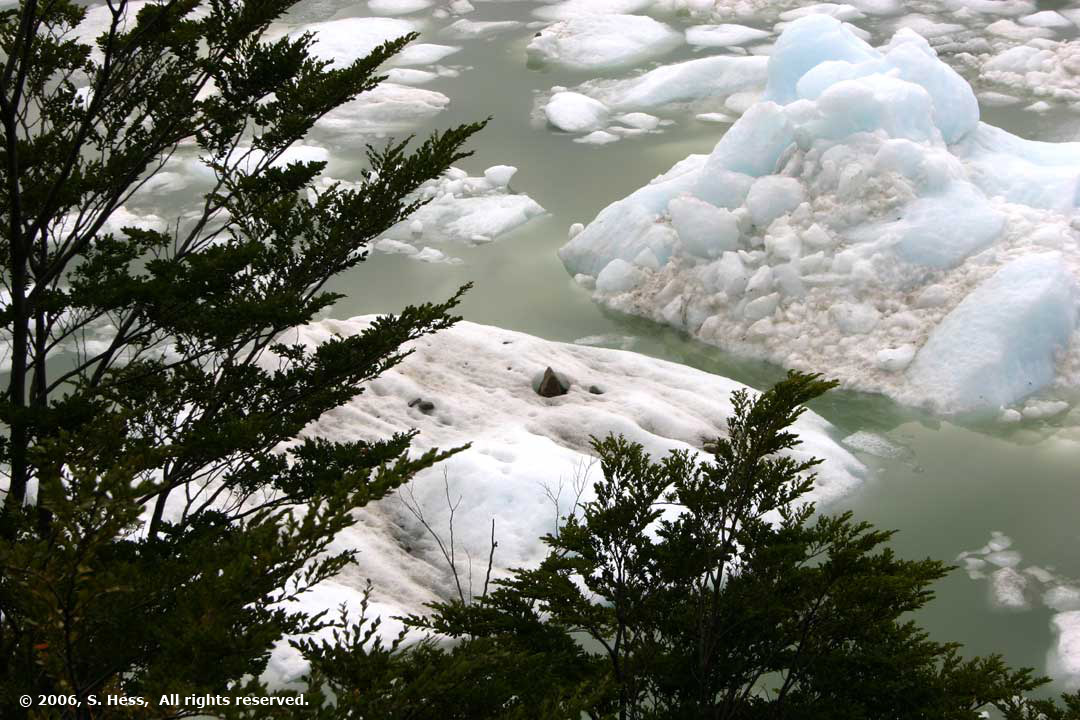
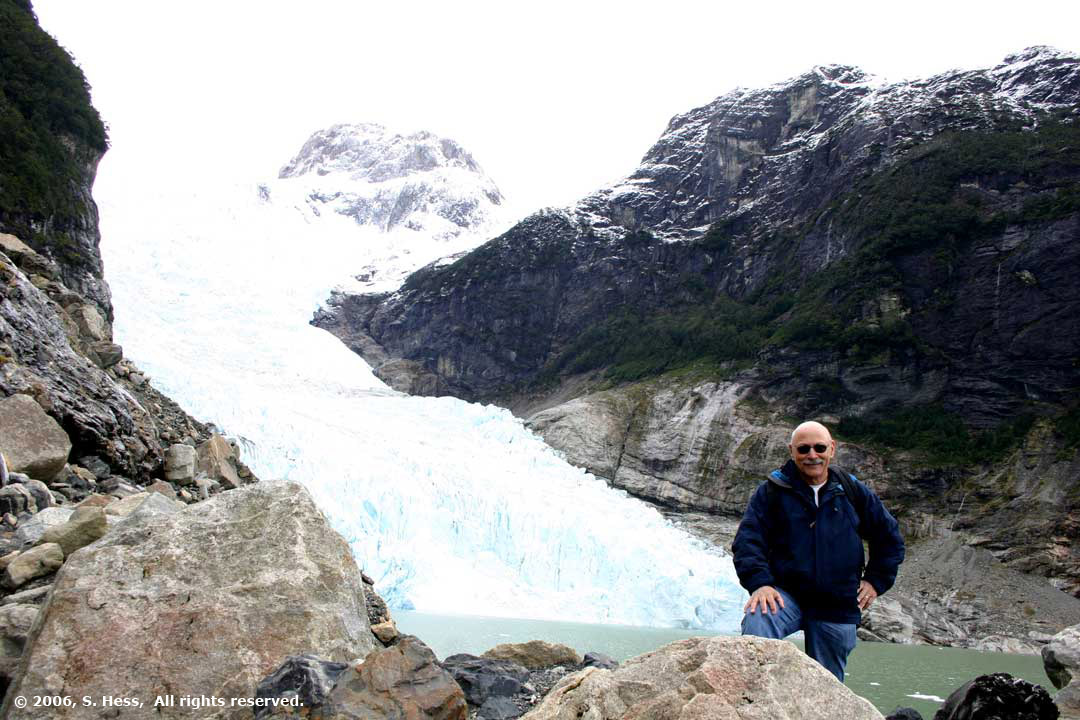
Rocks carried by Ice from Serrano Glacier
At the base of Serrano Glacier
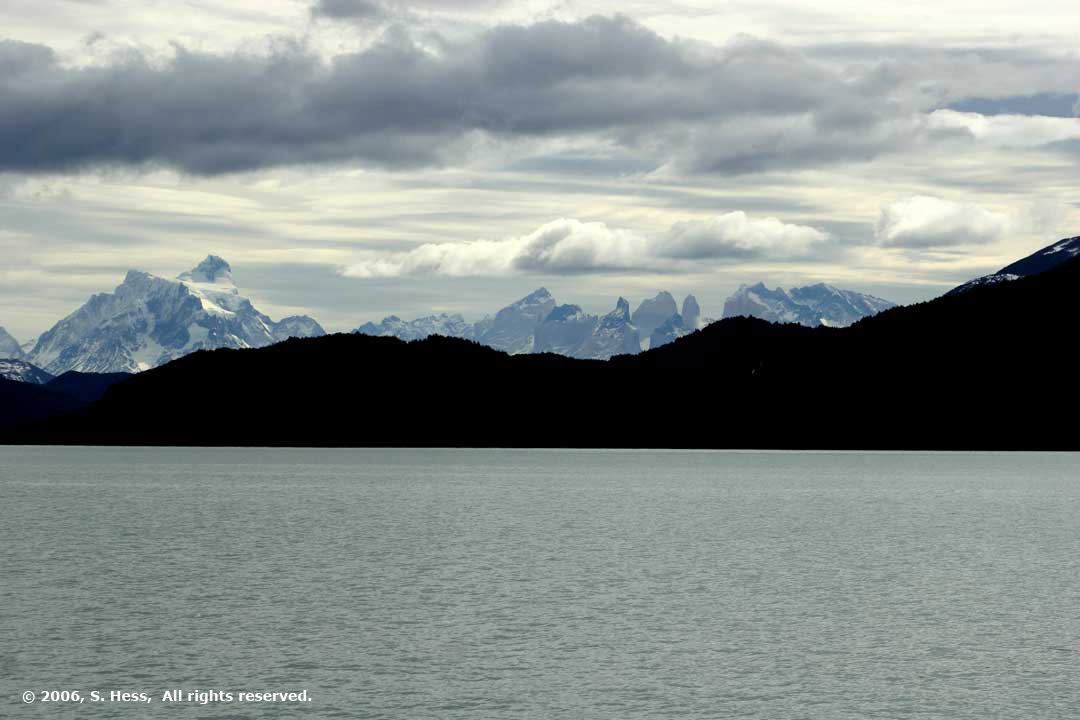
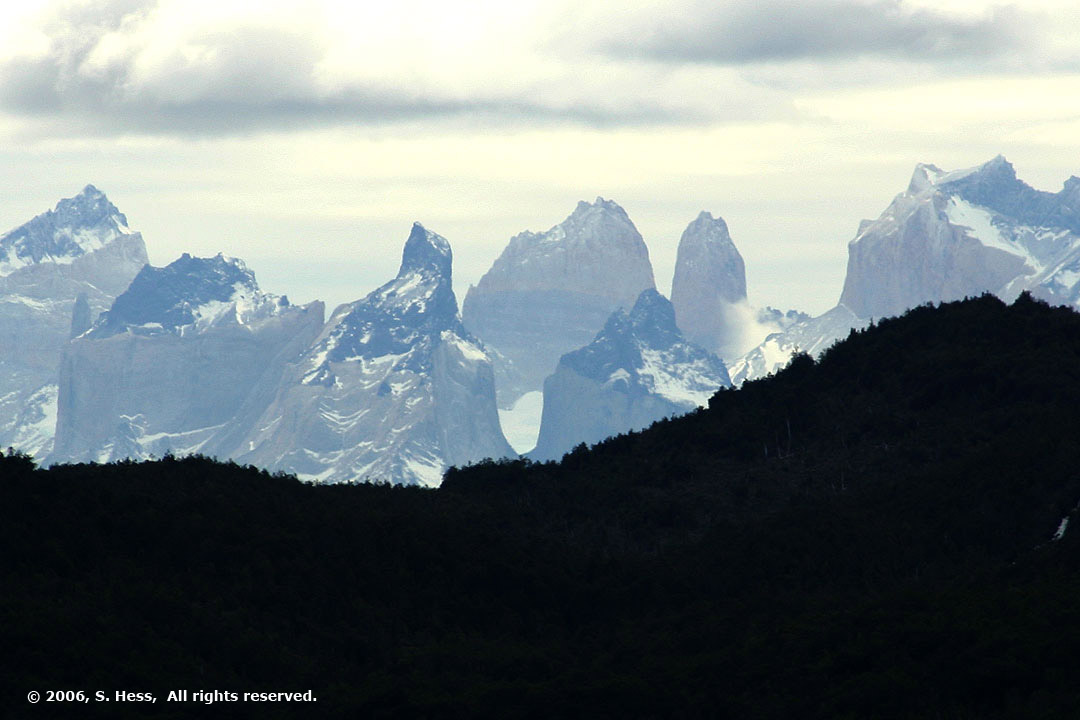
Paine Grande (left) and the towers
Torres del Paine (Towers of Paine)
Wildlife of Seno Ultima Esperanza
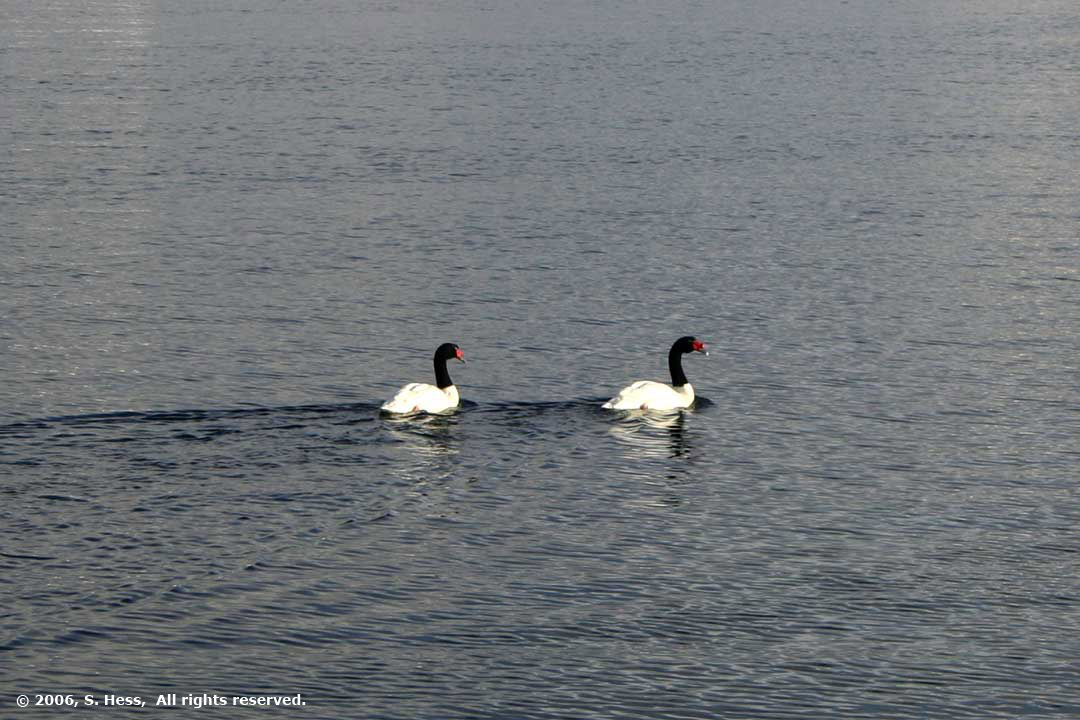
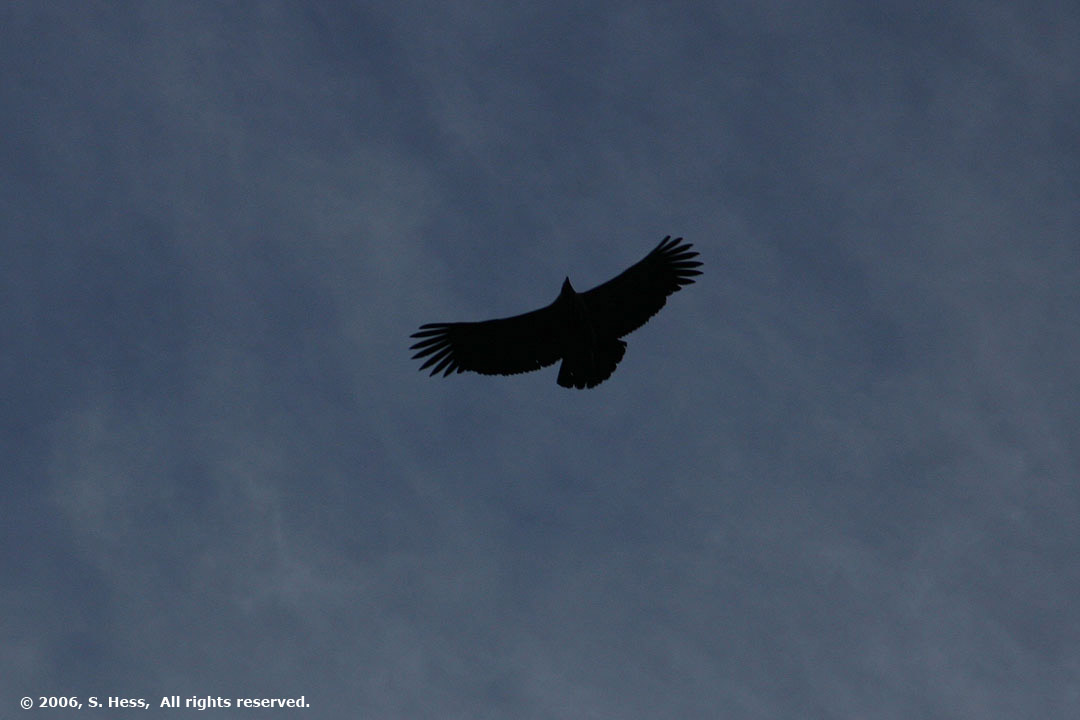
Black Neck Swans
Condor
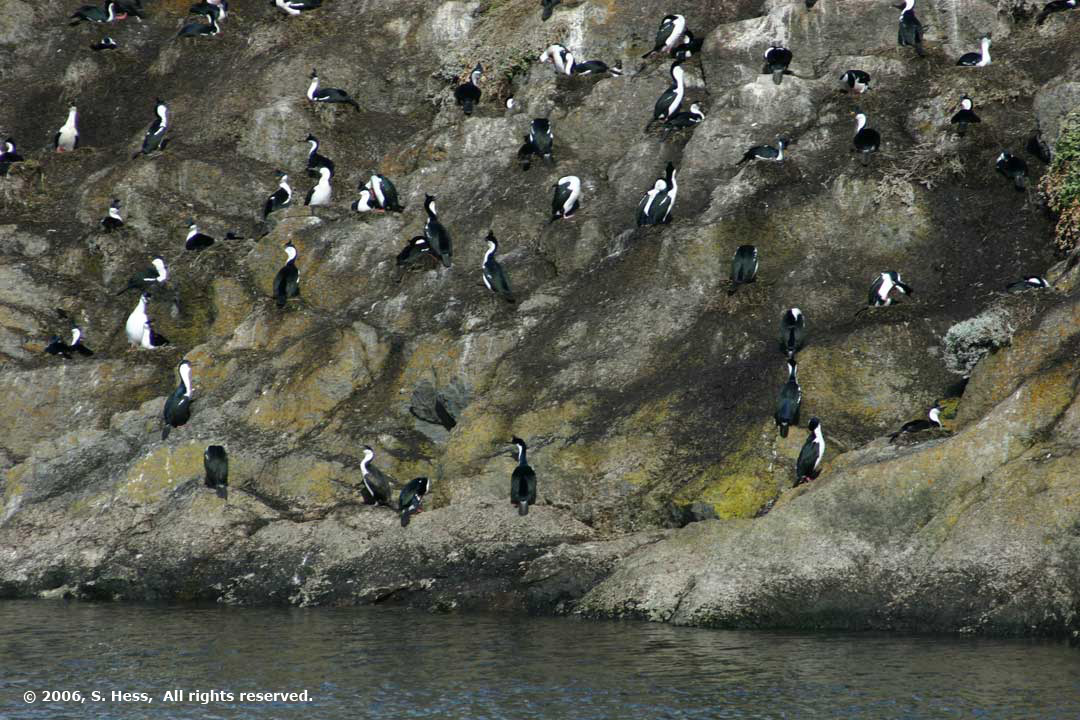
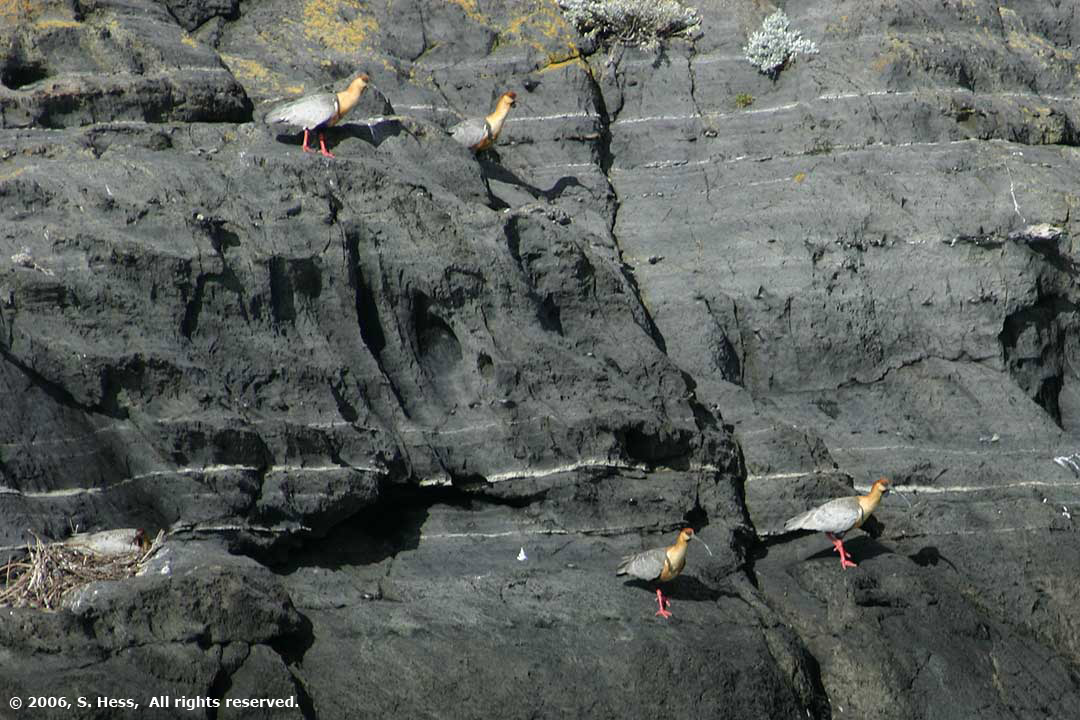
Cormorant Rookery
Ibis
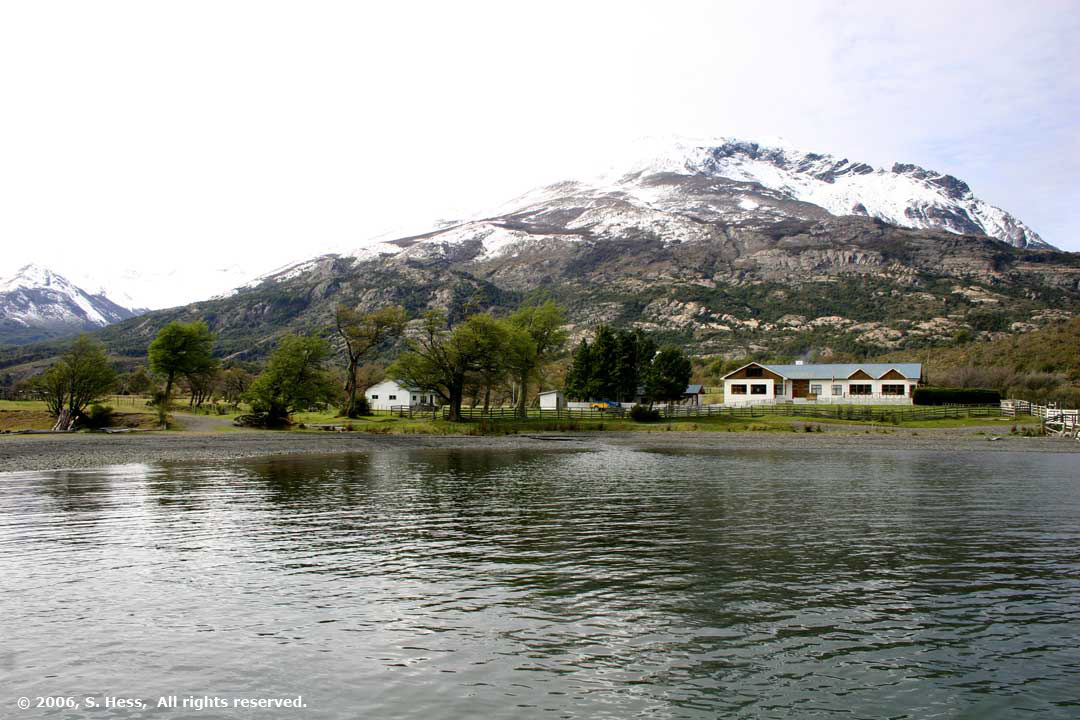
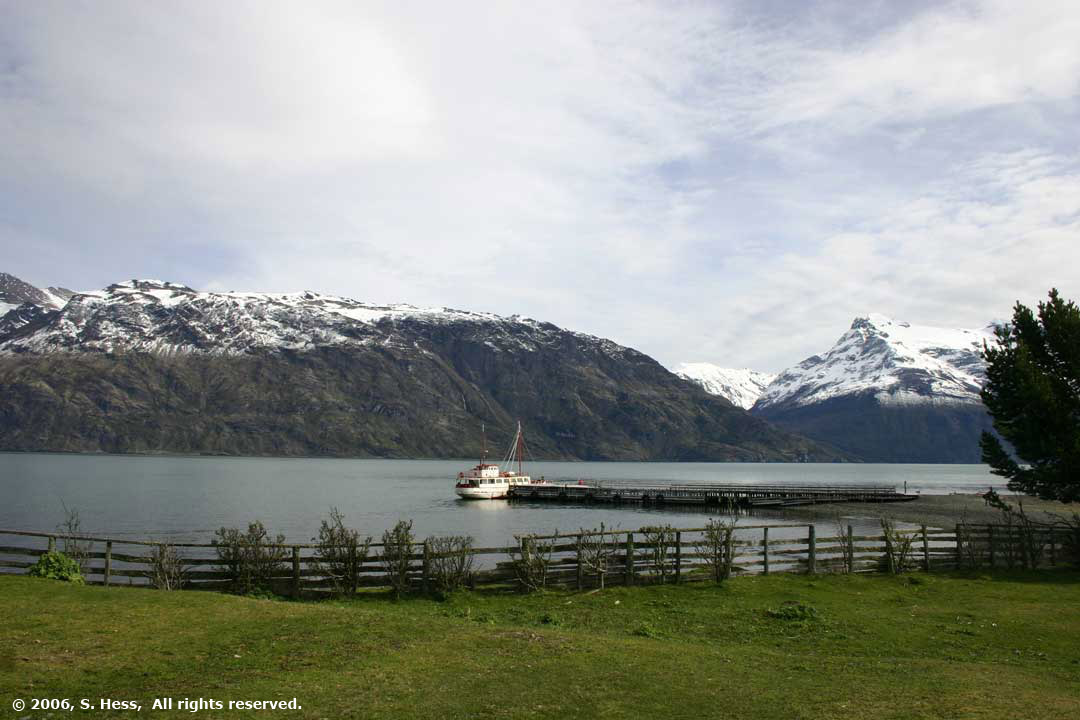
Estancia Perales
View from Estancia Perales
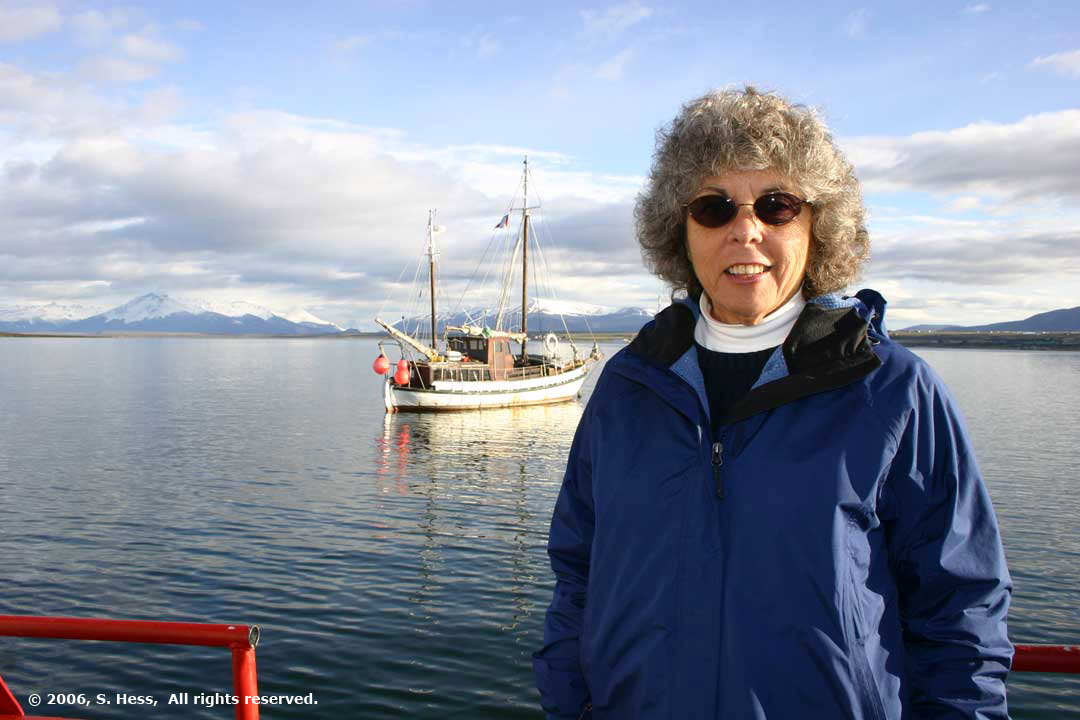
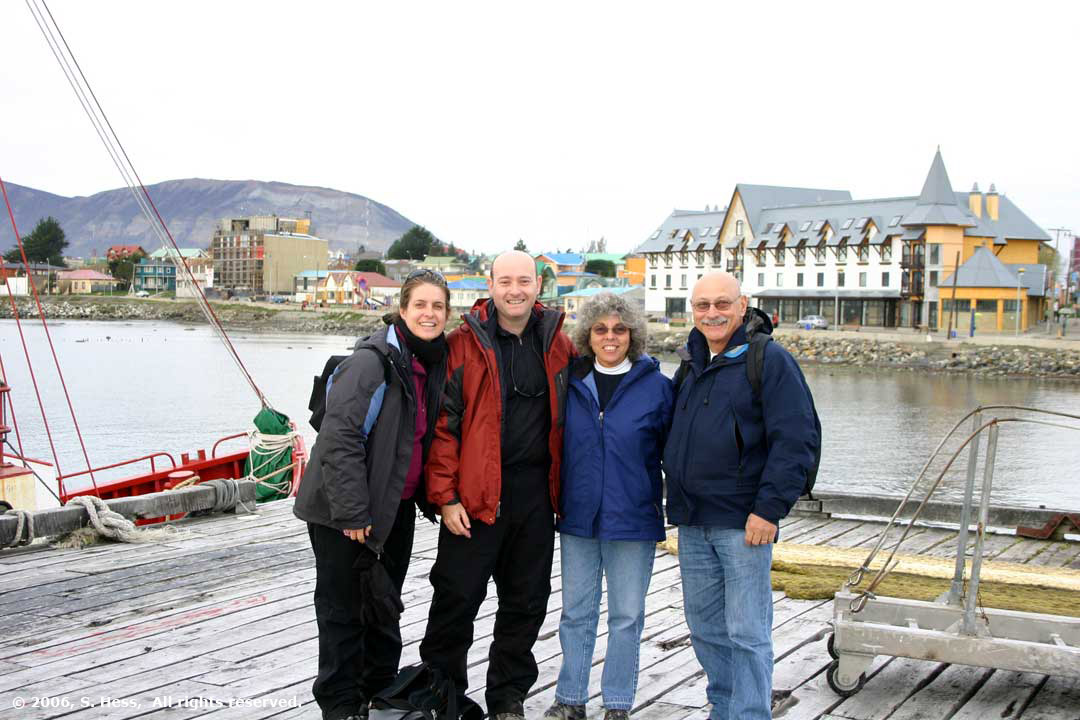
Susie on the cruise boat
The four Gringos
The Cave of the Milodon
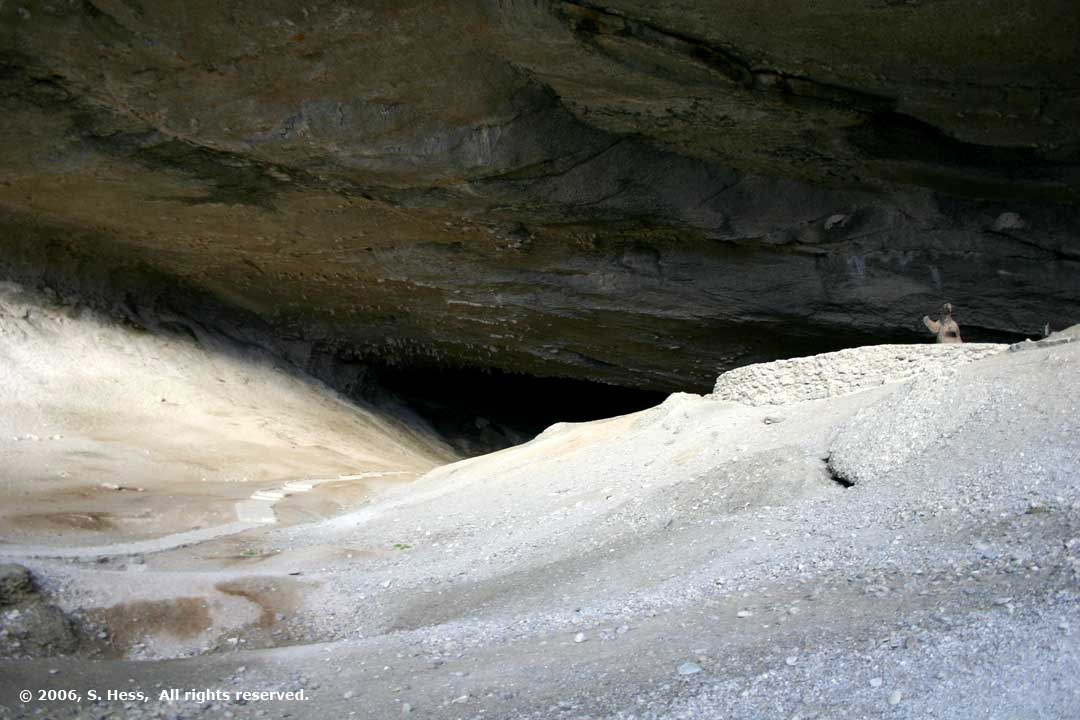
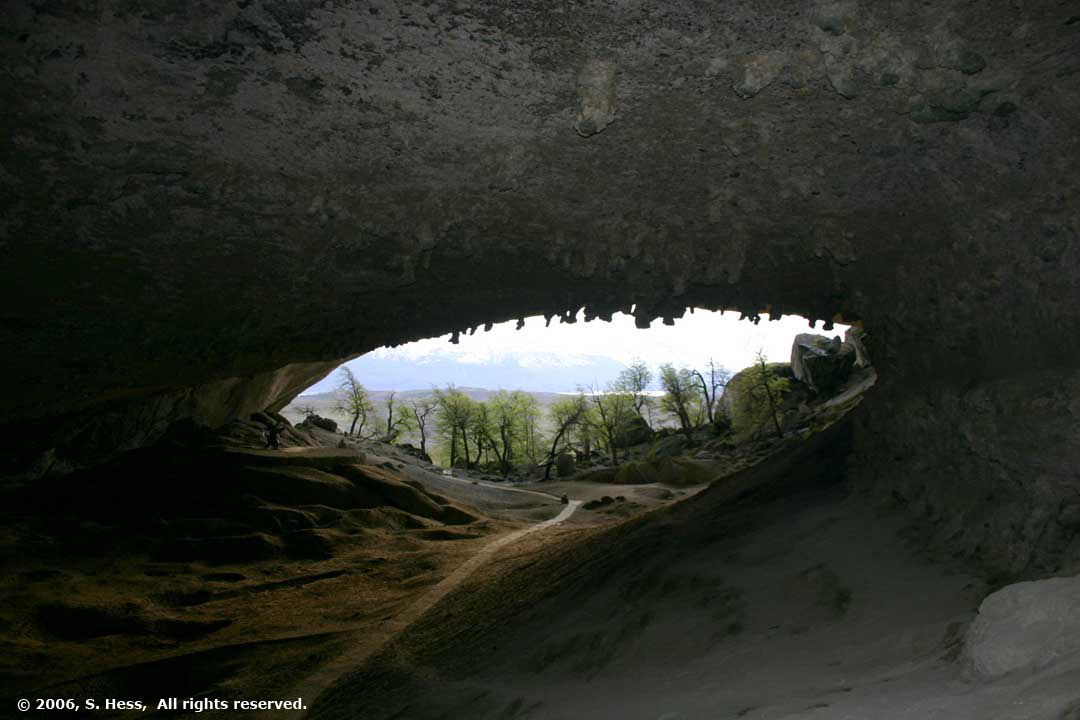
Cave entrance
View from interior of cave
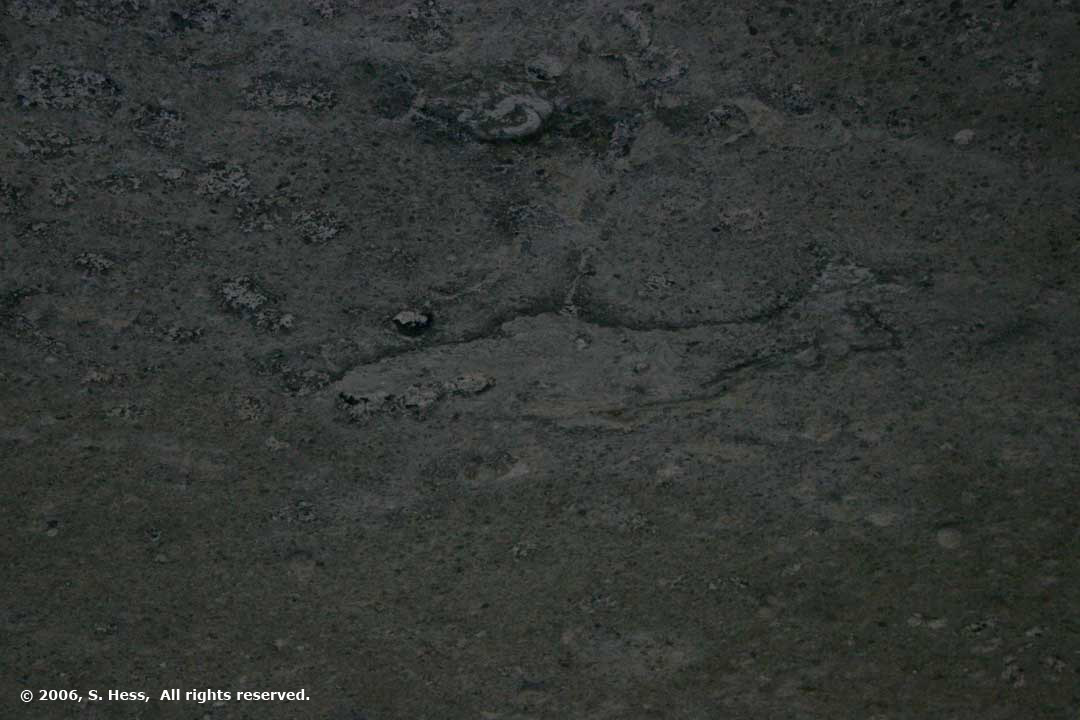
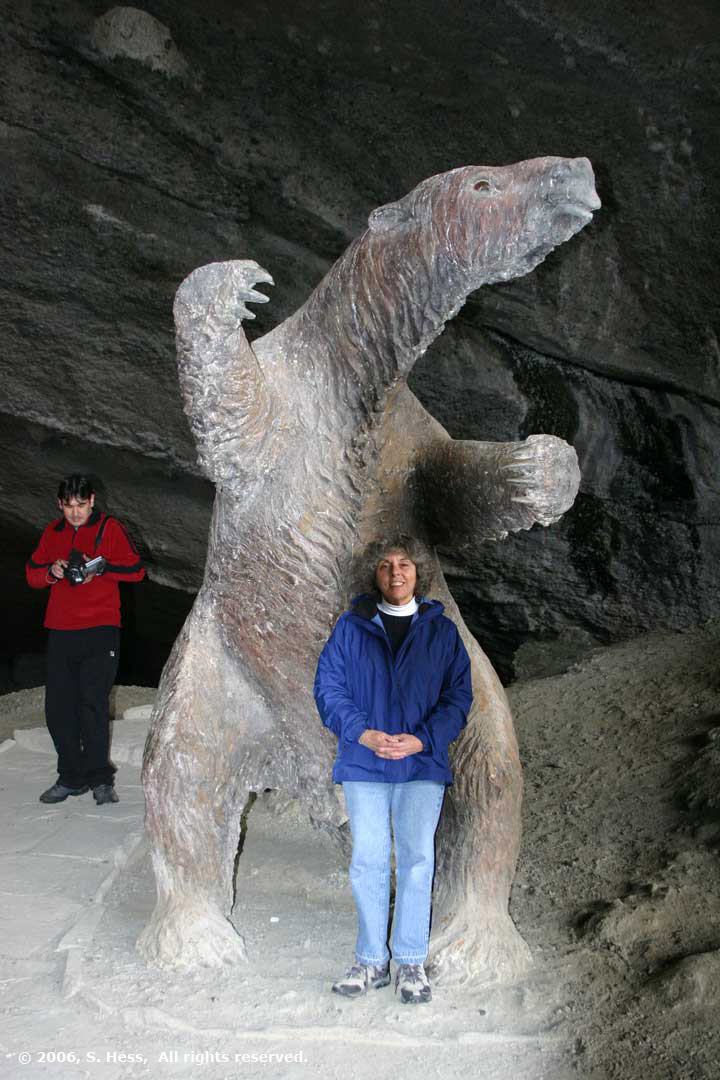
Right, Milodon model (actual size) and Susie (also actual size)